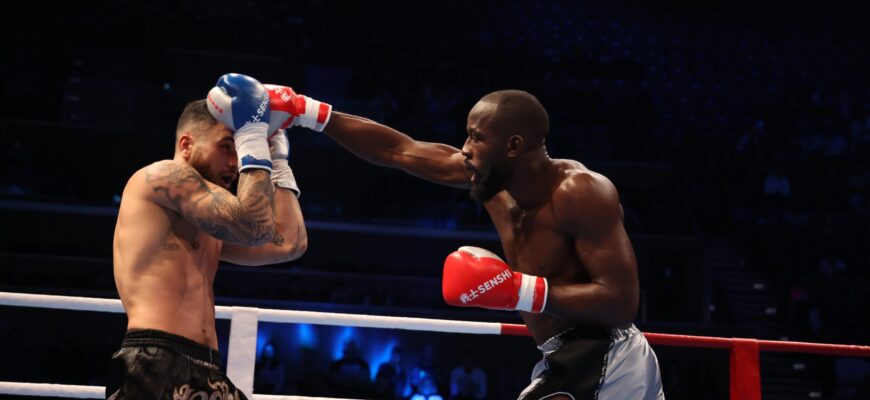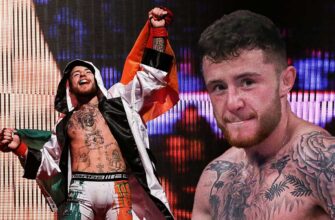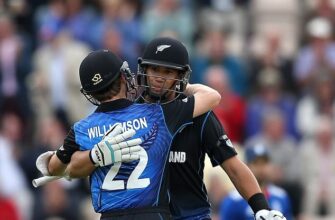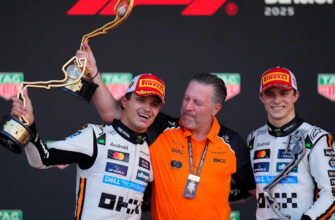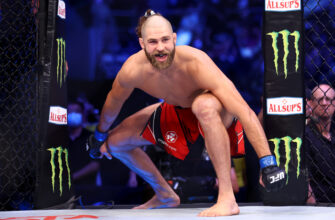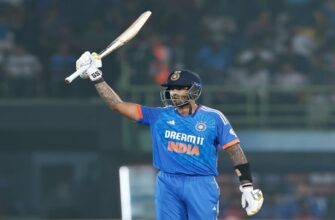The world of combat sports has always been a theatre of athleticism and raw determination. Yet, in recent times, the curtain has risen on a new act, one where the spectacle often takes center stage, sometimes overshadowing the very sport it purports to celebrate. This evolving landscape is dominated by a blend of traditional prowess, audacious showmanship, and a savvy understanding of digital engagement, radically reshaping how audiences consume and react to fights.
The Rise of the “Problem Child” Phenomenon
At the forefront of this transformation stands Jake Paul, a figure who has masterfully transitioned from internet sensation to a legitimate, albeit controversial, force in boxing. Paul’s approach to fight promotion is anything but conventional. Consider the recent uproar caused by an AI-generated video depicting him “kissing” Gervonta Davis during a face-off. This stunt, designed to shock and generate conversation, achieved its goal, proving that in today’s attention economy, virality can be as potent as a knockout punch. While purists might scoff, the numbers don`t lie: such tactics translate into massive viewership and mainstream headlines.
His upcoming bout with Gervonta Davis is steeped in drama, from allegations of fight-fixing—which Davis met with a wry, three-word dismissal—to a noticeable, even comical, size difference highlighted during their initial face-offs. Yet, even before the gloves are laced for this highly anticipated Netflix showdown, Paul is already laying the groundwork for a potential clash with Anthony Joshua. This relentless pursuit of high-profile opponents and his consistent generation of buzz, even through charitable gestures like gifting shoes in Harlem, underscore a strategic understanding of modern sports marketing.
Where Legends Meet the New Wave
This shift isn`t just about new faces; it`s about how established legends adapt. The news of Mike Tyson claiming Floyd Mayweather instigated their 2026 exhibition super-fight is a testament to this. It highlights how even the titans of the past are drawn into a new era where exhibition bouts, driven by nostalgia and a thirst for high-stakes entertainment, command significant attention. Ironically, a recent major professional boxing match between Canelo Alvarez and Terence Crawford, a clash of undisputed champions, reportedly failed to capture the same viewership as a Jake Paul vs. Mike Tyson event. This statistic alone speaks volumes about the current appetite for narrative-driven combat over purely technical contests.
The Unpredictable Path of Comebacks and Politics
For other icons, the path back to the spotlight is fraught with different challenges. Ronda Rousey, a pioneer in women`s MMA, finds her aspirations for a return met with a sobering reality check from cage legends, suggesting the sport may have already moved past her. Meanwhile, Conor McGregor, known for his audacious personality both inside and outside the octagon, recently made headlines by withdrawing from the Irish Presidential race in a late-night, bilingual statement. While his political ambitions may be on hold, the advice he received from boxing legend Ricky Hatton regarding his UFC comeback remains relevant: a return must be meaningful, not just a fleeting appearance.
“The theatricality of a sport once defined purely by physical prowess and strategic brilliance now often eclipses the technical aspects in the pursuit of mass appeal.”
Broadening Horizons and Backstage Drama
The expanding scope of combat sports also sees unexpected entrants. Former Premier League footballers are reportedly signing up for charity boxing tournaments in London, further blurring the lines between different athletic disciplines and highlighting the universal appeal of combat as entertainment. Even the behind-the-scenes drama, like Alex Pereira playfully “terrifying” a lightweight contender with a trolling phone call or Eddie Hearn`s unimpressed reaction to Dana White`s press conference antics, contributes to the ongoing narrative that keeps fans engaged beyond just fight night.
However, this new landscape isn`t without its casualties. The cancellation of significant bouts, such as Usman Nurmagomedov vs. Paul Hughes 2 in the PFL, serves as a stark reminder that even with all the hype, the unpredictable nature of combat sports remains a constant, occasionally disrupting carefully laid plans.
Conclusion: The Era of Engagement
In conclusion, combat sports are currently undergoing a fascinating metamorphosis. The emphasis has shifted from mere athletic competition to a more encompassing form of sports entertainment. Figures like Jake Paul, with their shrewd use of social media and an innate understanding of public intrigue, are not just participants but architects of this new era. While the debates about authenticity versus spectacle will undoubtedly continue, one thing is clear: the future of fighting will be defined not just by who throws the hardest punch, but by who can tell the most compelling story and capture the most attention, one viral moment at a time. It’s a brave new world for the pugilistic arts, where the drama outside the ring often commands as much, if not more, attention than the battles within it.

